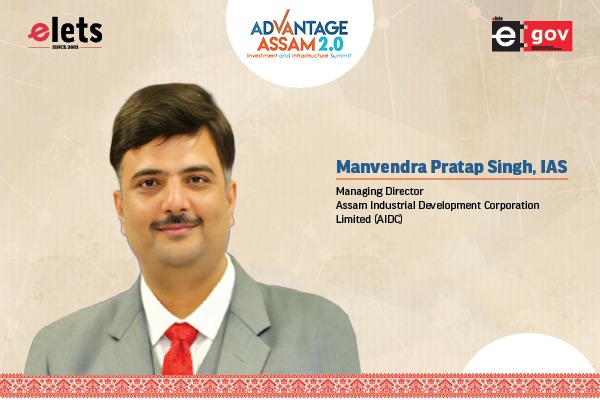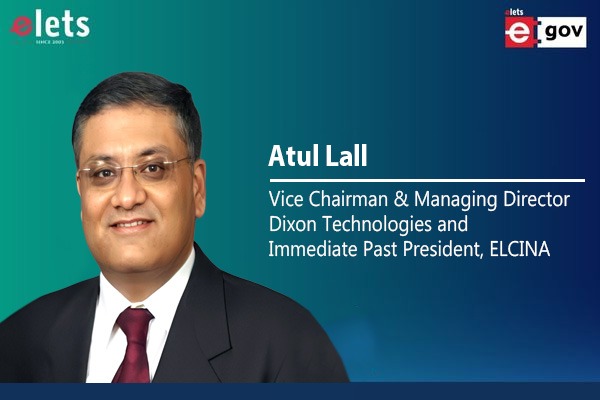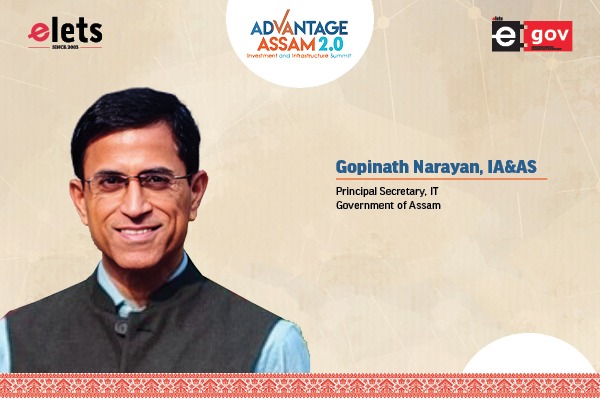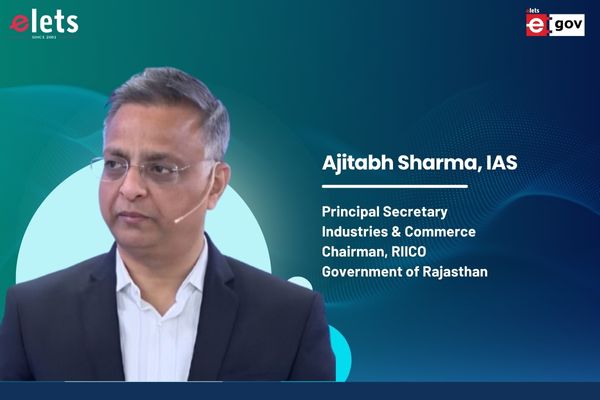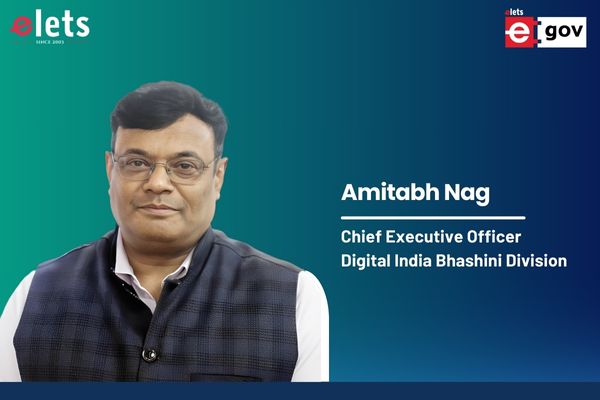
AI is no longer a choice but a necessity to stay competitive and efficient in the power distribution sector, shared Arun Mahesh Babu, Managing Director, Gujarat Power Corporation Ltd. & Managing Director, Uttar Gujarat Vij Company Limited, in an exclusive interaction with Hemangini Kanth Rajput of Elets News Network (ENN). Edited Excerpts:
How do you see AI transforming the power distribution sector?

AI is significantly transforming the power distribution sector. It enhances grid management by improving the efficiency and reliability of the power grid. AI-driven demand forecasting allows for accurate predictions of energy consumption patterns, optimising resource allocation and reducing the risk of power shortages or surpluses. AI also plays a crucial role in detecting energy theft, minimising financial losses, and improving overall network efficiency. Furthermore, AI facilitates the integration of renewable energy into the grid, balancing supply and demand even with fluctuating generation levels. These advancements contribute to a more resilient, efficient, and reliable energy infrastructure in Gujarat.

How does AI help in predictive maintenance and grid optimisation?

AI plays a crucial role in predictive maintenance and grid optimisation. It harnesses data analytics and machine learning algorithms to improve efficiency, reliability, and cost-effectiveness in the power sector

In predictive maintenance, AI analyses large volumes of data from sensors and equipment in real-time to predict potential failures before they occur. By detecting patterns and anomalies in data, AI can identify early signs of equipment degradation or malfunction. This proactive approach allows utilities to schedule maintenance activities precisely when needed, reducing downtime, minimising repair costs, and extending the lifespan of assets.
Also Read | AI Ensuring Fair and Bias-Free Tax Assessments
In grid optimisation, AI optimises the management and operation of the power grid by making real-time decisions based on datadriven insights. AI algorithms analyse historical and real-time data, including weather patterns, electricity demand, and generation capacity, to optimise energy distribution, manage load balancing, and enhance grid stability. AI can predict demand patterns accurately, allowing utilities to adjust generation and distribution accordingly, thereby reducing wastage and improving overall efficiency.
How do you believe that AI adoption will enhance data privacy and security?
We prioritise data privacy and security, ensuring that all data is encrypted, anonymised, and stored in compliance with regulatory standards. AI-enabled solutions will enhance cybersecurity in state utilities as they are designed with robust security protocols to prevent cyber threats. Machine learning algorithms can analyse network traffic patterns to detect and respond to cyber threats more effectively, helping to protect critical infrastructure from malicious attacks. However, AI solutions are still nascent; therefore, necessary research and tests are yet to be carried out before adopting them within the power distribution sector.
What’s the future of AI in power distribution, and how will UGVCL continue to innovate?
AI will continue to play a vital role in optimising energy distribution, predicting consumer behaviour, and integrating renewable energy sources. To enhance our services, we’ll explore further AI advancements, such as machine learning and natural language processing. Efficient AI-powered energy management systems will be installed to help utilities optimise energy generation and distribution. These systems will analyse data from IoT devices, weather forecasts, and historical usage patterns to adjust real-time power generation, maximising efficiency and minimising costs.
How do you encourage a culture of innovation within UGVCL?
We foster innovation by encouraging employee ideas, providing training and development opportunities, and partnering with startups and research institutions to stay at the forefront of AI advancements. Leadership should actively promote innovation by setting clear goals, investing in new technologies, and empowering employees with the autonomy to experiment and develop new solutions. Open communication and crossfunctional teams should be encouraged to bring diverse perspectives together, while recognition and rewards systems can motivate employees to contribute creatively. Continuous learning opportunities, pilot programs, and partnerships with startups and research institutions can bring fresh ideas and accelerate innovation. A customer-centric approach ensures that innovations address real needs and improve overall satisfaction. These strategies collectively create a dynamic and forward-thinking culture at UGVCL.
Also Read | BWSSB’s Tech-Driven Approach to Solving Water Woes
What message do you have for the industry regarding AI adoption?
AI is no longer a choice but a necessity to stay competitive and efficient in the power distribution sector. I encourage the industry to embrace AI and collaborate to shape the future of energy distribution. Embracing AI can lead to significant cost savings, improved customer service, and greater sustainability through reduced emissions and enhanced resource management. Therefore, integrating AI technologies into operations is a competitive advantage and a strategic imperative to drive innovation and ensure long-term success in an increasingly digital and interconnected world.
Be a part of Elets Collaborative Initiatives. Join Us for Upcoming Events and explore business opportunities. Like us on Facebook , connect with us on LinkedIn and follow us on Twitter, Instagram.
"Exciting news! Elets technomedia is now on WhatsApp Channels Subscribe today by clicking the link and stay updated with the latest insights!" Click here!




